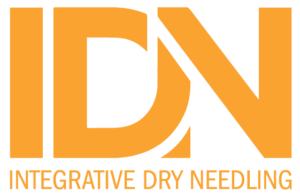I really enjoyed my first course with IDN. I planned to take the Advanced course but also wanted another perspective. I contacted AAMT and asked if I could get my certification through them since it would be my second course. I was told that “We can't award you with Certification in Dry Needling without you completing both parts through AAMT. What you learned is apples to oranges from what we teach. See attached as two examples for knee OA and PF -- you certainly don't put the needles where we do or have the same rationale”.
https://journals.plos.org/plosone/article?id=10.1371/journal.pone.0205405
And
Periosteal Electrical Dry Needling as an Adjunct to Exercise and Manual Therapy for Knee Osteoarthritis
I am kind of baffled by the response. I am curious as to what the IDN community feels about the differences and their clinical significance After reading these articles.
Hey Ptrita,
I am glad you enjoyed our course and can appreciate your concerns with their response. It is common for courses to require you to take their intro course prior to the next level. We have the same policy. There is no way to know what techniques you may or may not have learned from another course. For example, our course you learn to needle the entire body in the first course. Other courses you may just learn upper or lower in their first course. You also would not get a complete understanding of our local, segmental, systemic model if you weren't exposed to the first course. In our advanced course we want to really expand the theory that was taught in our first course. Dave, recently referenced to learning how to play baseball. In the first course you learn how to swing, throw and catch. In the advanced course you really learn how to play the game. Our neurologic approach that covers central, paraspinal and local mechanisms of treatment, in my opinion, is the most complete presentation of pain science treatment as we understand it today.
As far as apples and oranges... If you click through the highlighted stories of course photos you will see a photo of joint space needling for the knee with ENS. It is a very successful technique that we have been teaching for years!
https://www.instagram.com/stories/highlights/17921446312312872/
© Integrative Dry Needling 2025 | All rights reserved | Designed by Automated Marketing

ALL IDN Courses!
*Valid for new registrations only and can not be
combined with other discount codes. Offer Expires: 12/3/2025

Not sure which course is right for you? No problem – we created an intuitive process to help!